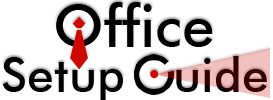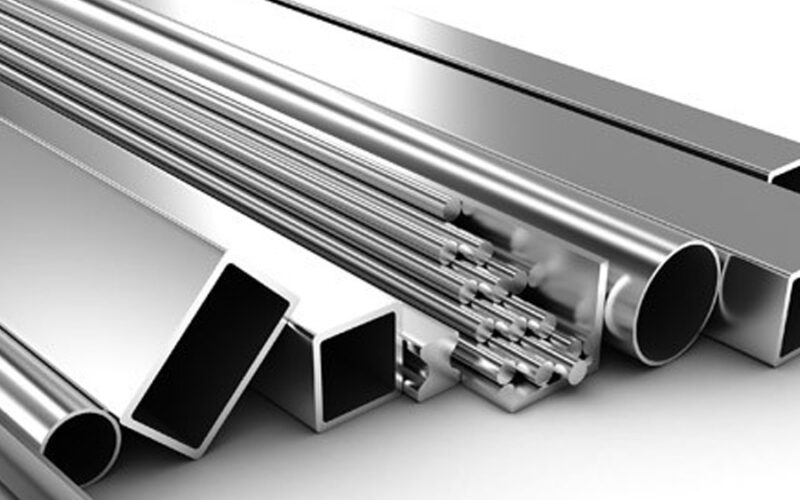Aluminium profiles are versatile components that find extensive use in a variety of industries due to their lightweight properties, resilience and adaptability in design. Whether you’re embarking on a DIY project or procuring materials for purposes having a good grasp of the different types, applications and advantages of aluminium profiles is essential. This guide is crafted to offer insights into choosing the right aluminium profiles that align with your specific requirements.
Varieties of Aluminium Profiles
Aluminium profiles are available in a range of shapes and sizes each tailored to meet distinct structural and functional needs. Some common varieties include.
1. Extruded Profiles:
Among the popular types of these profiles are created by pushing heated aluminium through a die to form intricate cross-sectional shapes. Renowned for their design flexibility extruded profiles see application across industries such as construction and automotive.
2. Structural Profiles:
Noted for their robustness and capacity to bear loads structural profiles are well suited for building frameworks and support systems in structures, like buildings, machinery and transportation.
3. Decorative Profiles:
These specialized profiles are designed to elevate aesthetics while retaining the properties of aluminium. They are commonly used in design features, furniture pieces, and architectural embellishments.
4.Customized profiles tailored for purposes like heat sinks, solar panel frames and aerospace components highlight the versatility of aluminium in specialized industries.
Various Uses of Aluminium Profiles
Aluminium profiles are widely utilized across fields due to their unique characteristics.
Building Sector:
Commonly found in window and door frames, curtain walls and structural frameworks for their resistance to corrosion and lightweight nature.
Transportation Industry:
Used in vehicle structures, railings and interior fixtures to reduce weight and enhance fuel efficiency.
Electronics Sector:
Employed in heat sinks to manage conditions in electronic gadgets efficiently.
Industrial Machinery:
Utilized in conveyor systems, machine protection shields and assembly lines due to their durability and easy machining capabilities.
Advantages of Aluminium Profiles
Opting for aluminium profiles comes with benefits.
Lightweight:
Simplifies handling, transportation and installation processes while lowering overall project expenses.
Corrosion Resistance:
Naturally develops a protective oxide layer that prolongs longevity and decreases maintenance requirements.
Versatility:
Easily customizable through machining processes or coatings for enhanced appeal and performance.
Sustainability:
Recyclable, without compromising quality standards supporting sustainability initiatives. Economical; Offers value over its lifespan because of minimal upkeep and long-lasting sturdiness.
In this manual we’ve emphasized the adaptability and usefulness of aluminium profiles and components across sectors. Whether you seek strength in construction or inventive solutions in electronics aluminium profiles present unparalleled flexibility and performance.
To sum up comprehending the varieties, uses and advantages of aluminium profiles is crucial for selecting the solution for your undertaking. By utilizing the characteristics of aluminium, you can boost effectiveness, endurance and eco friendliness in a wide array of applications.
Keep in mind that the proper aluminium profile not fulfils your current requirements but also foresees future obstacles rendering it a smart investment, in both functionality and long lastingness.
When you make choices regarding aluminium profiles you’re not just opting for a material. You’re opting for ingenuity, dependability and a sustainable tomorrow.

